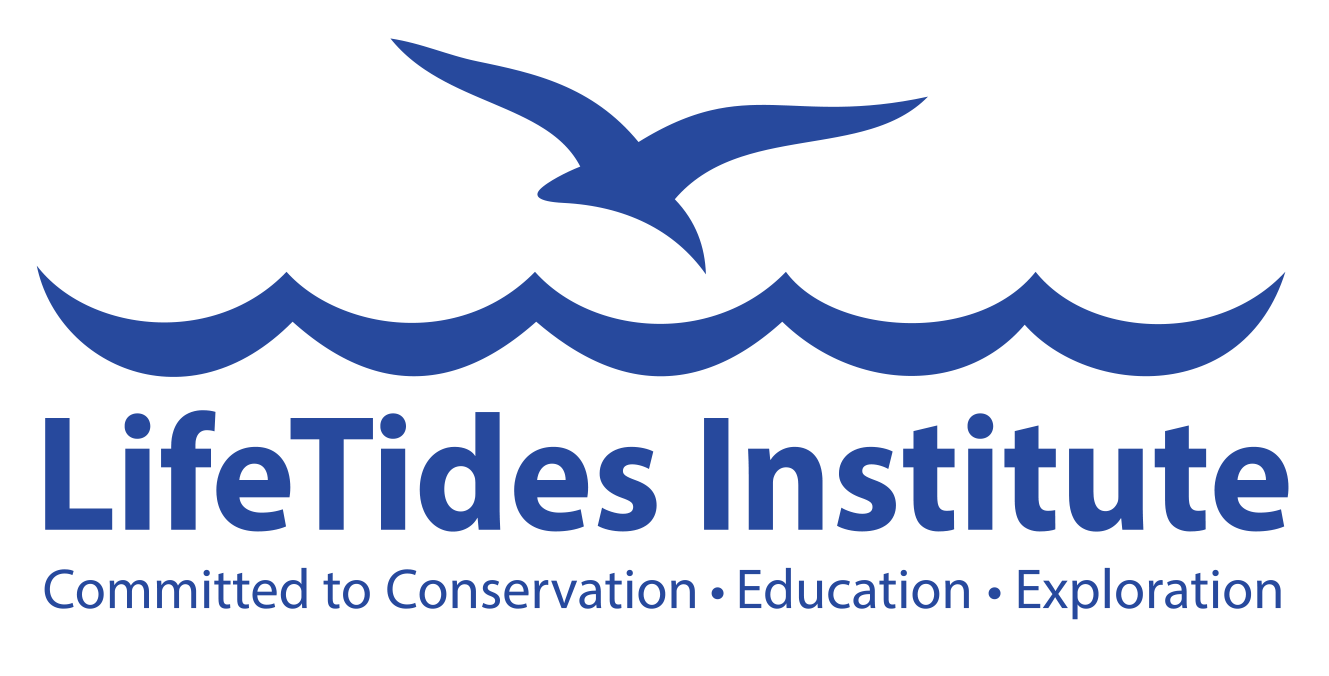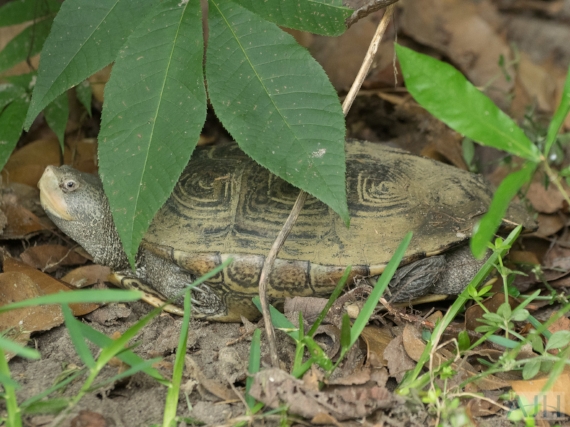LifeTides Student Curriculum Overview
LifeTides Institute offers environmental, cultural and history classes and activities for youth. We follow South Carolina Educational Standards. The following pages list the topics we currently offer.
1. Biological Diversity (‘Biodiversity’)
Our students are introduced to the concept of biodiversity through an inquiry of natural habitats located at our Outdoor Learning facility (Margaret’s Island). We identify landscape diversity, species diversity (among plants and animals) and genetic diversity. We will walk together in small groups to discover and describe the different environments and species that exist on Margaret’s Island.
We use individual maps of Margaret's Island for each student team. Students pair up as teams to view a map together and will discuss the role of biodiversity in natural systems. We also collect water samples and examine biodiversity at microscopic scales. The role of people in supporting or impacting ecosystems is also be examined and discussed.
Student Learning Goals: “I can define biodiversity and explain the different levels (landscape, species and genetic) and explain why these are important.” •”I can demonstrate an understanding of how my choices may have an impact on biodiversity and my world”.
Success Criteria: ”I answered the written response questions during the debrief.” • ” I actively participated in discussion and responded to discussion or questions posed by my teacher. We discussed what kind of actions each of us may take to help reduce our impact upon biodiversity in my community.”
Success Criteria: ”I answered the written response questions during the debrief.” • ” I actively participated in discussion and responded to discussion or questions posed by my teacher. We discussed what kind of actions each of us may take to help reduce our impact upon biodiversity in my community.”
Terms: biodiversity, landscapes, species, vertebrate, invertebrate, interrelationships
Relevant Standards: 4th Grade (4.S.1.; 4.E.2; 4.P.4A); 5th Grade (5.E.3:, 5.L.4, ); 6th Grade (6.S.1A.8, 6.E.2, 6.P.3, 6.L.4), 7th Grade (7.L.4, 7.EC.5 ), 8th Grade (8.E.6), High School (H.B.6.)
2. Human influence to the local environment -
This lesson identifies and examines the impact of humans on the local environment (issues such as pollution, invasive species introduction, urbanizing development overpopulation will be presented, observed and discussed). These topics are also examined in the context of national and global scales. Observations related to weather, climate (and effects, such as disease, Sea Level Rise and punctuated storms) are also discussed. Students conduct a site visit to examine environmental impacts on a first-hand basis.
Student Learning Goals: “I can identify and explain the different factors affecting environmental quality in my local community and explain why these are important.” •”I can demonstrate an understanding of how my choices may have environmental impact and steps that I can take to reduce negative environmental consequences”.
Success Criteria: ”I answered the written response questions during the debrief.” • ” I actively participated in discussion and responded to discussion or questions posed by my teacher. We discussed what kind of actions each of us may take to help reduce our impact upon environmental quality in my community.”
Terms: pollution, land-based sources, habitat fragmentation, invasive species land development, zoning, climate, sea level, nutrients, heavy metals, bio-accumulation, food chain, food web.
Relevant Standards: 4th Grade (4.S.1.; 4.E.2; 4.P.4A); 5th Grade (5.E.3:, 5.L.4, ); 6th Grade (6.S.1A.8, 6.E.2, 6.P.3, 6.L.4), 8th Grade (8.E.5, 8.E.6), High School (H.B.6.A-D, H.E.5.)
3. Who’s who in the zoo? #1. Plant Identification
This activity involves learning about and identifying different plants that live in and around the Lowcountry. Students collect samples, examine and discuss which species are connected to each environment.
This lesson contains a brief introduction, lecture and orientation. Students visit Margaret’s island, and using a prepared worksheet and a map students learn to use an identification key for different plants in wetland, upland and aquatic environments. Students also learn about the structure and function of the various plants within different parts of the ecosystem, how they 'fit' into the environment and how many different types of animals use these plants for shelter or food.
Student Learning Goals: “I can use basic keys to help me identify different plants.” •”I can tell how plant growth helps to form habitat and contributes to how a habitat structure differs because of different plants.
Success Criteria: ”I successfully completed identification forms of plants from different environments.” • ” I can explain how plants make their own food and provide food to animals and insects.” •” I actively participated in discussion and responded to discussion or questions posed by my teacher.”
Terms: Photosynthesis, trees, simple leaf, compound leaf, canopy, mid-story, ground cover.
Relevant Standards: 4th Grade (4.S.1.; 4.E.2; 4.P.4A); 5th Grade (5.E.3:, 5.L.4, ); 6th Grade (6.S.1A.8, 6.E.2, 6.P.3, 6.L.4), High School (H.B.3, H.B.6.)



